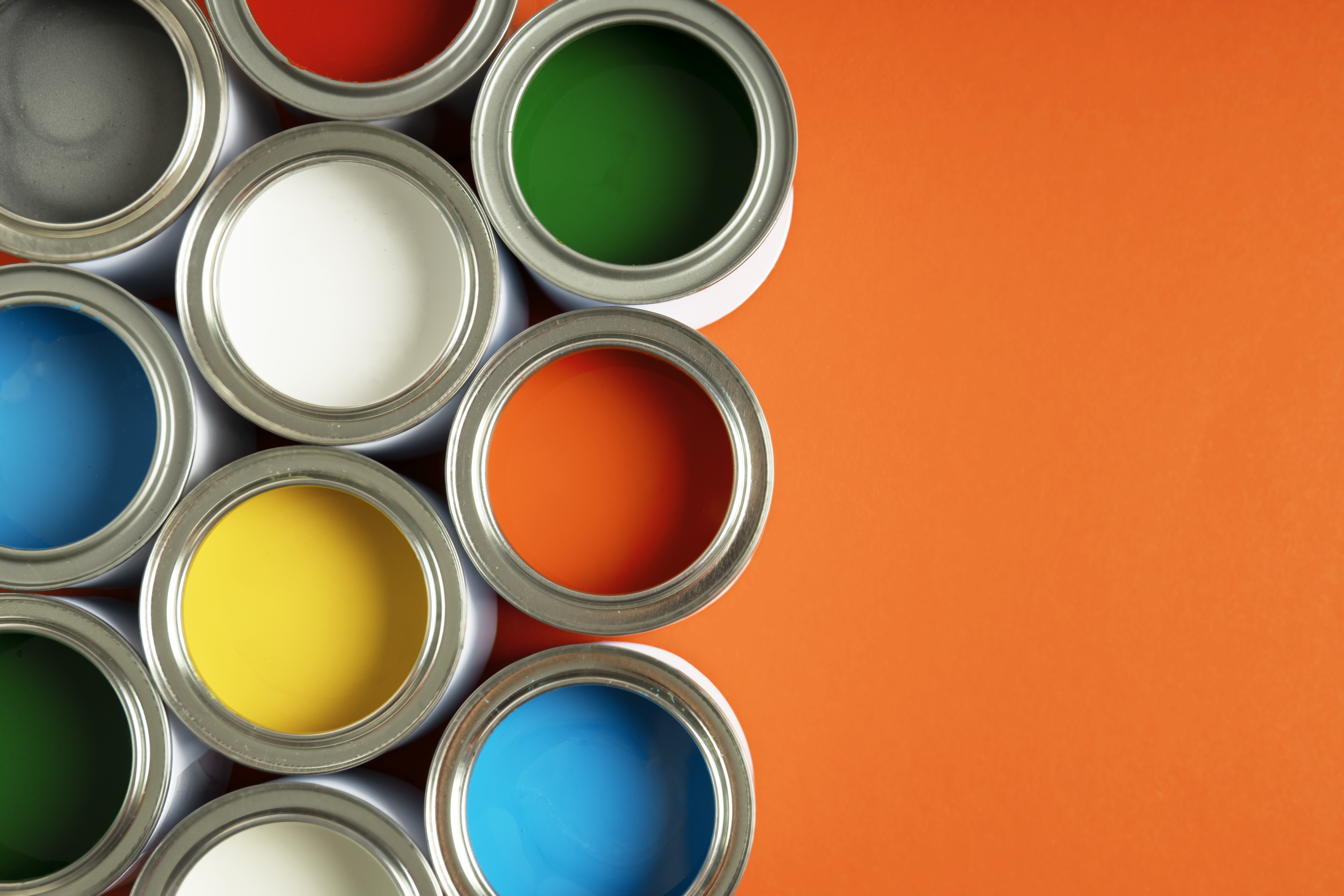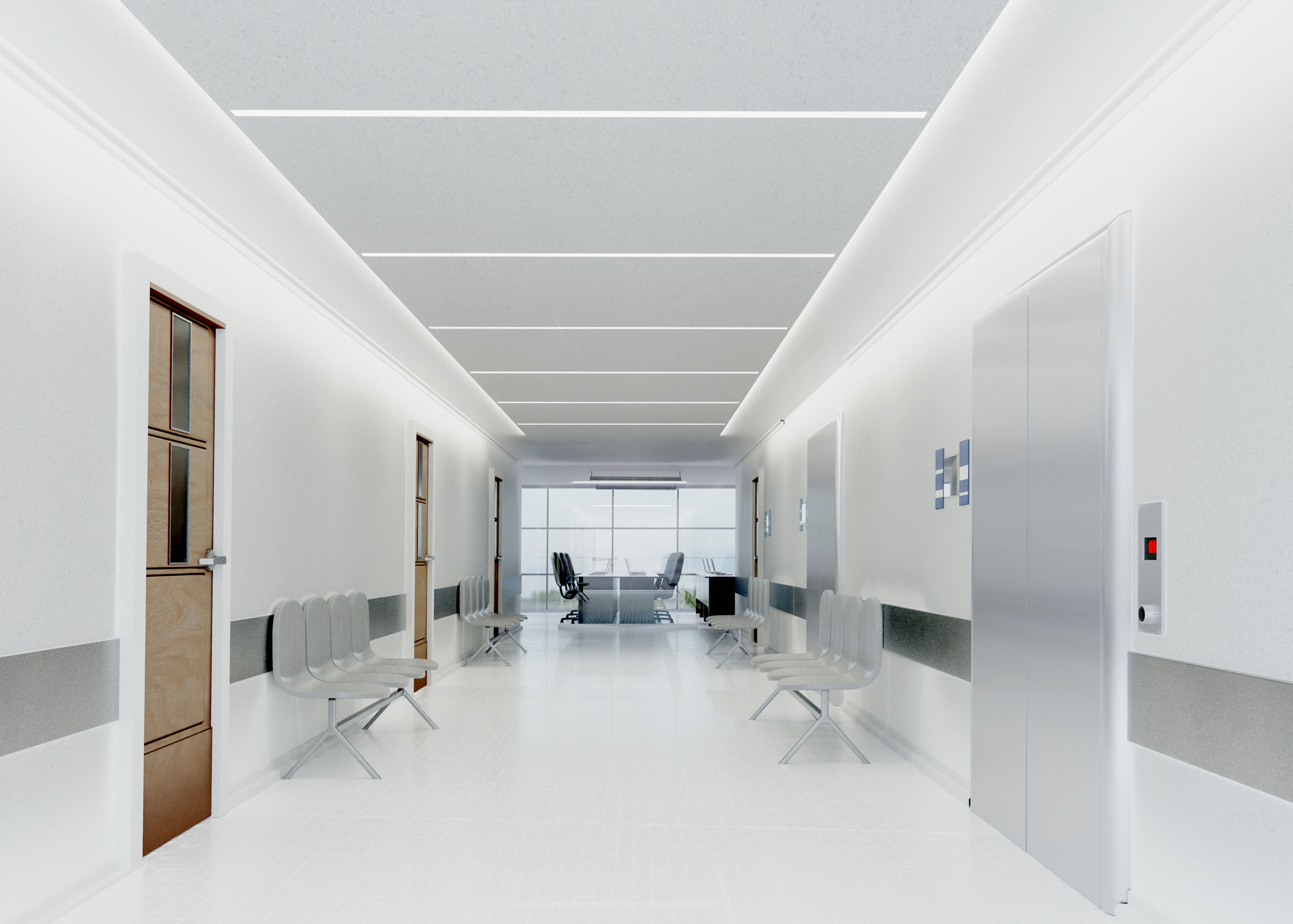
Renovating healthcare facilities demands meticulous precision and keen attention to detail at every process stage. From the initial design changes to the final application of paint, each step plays a vital role in achieving the desired results. Selecting and using the right paint is essential for aesthetic appeal and functional effectiveness. Let's explore how precision in choosing and applying high-quality paint contributes to successful healthcare facility renovations, ensuring a safe, inviting, and compliant environment.
The Importance of Precision in Paint Selection
When it comes to painting hospitals and other healthcare places, paint serves a purpose far beyond the outer looks; it plays a critical role in the durability, cleanliness, and overall atmosphere of the space. Using good-quality paint ensures that surfaces can handle frequent cleaning and disinfecting without compromising their finish or showing signs of deterioration, essential for maintaining sanitary conditions.
Choosing the right paint carefully allows architects and designers to get the right colours. This careful selection creates a consistent look across different areas, ensuring the result matches the design vision. The uniformity helps create relaxing surroundings, improving patient comfort and aiding recovery. And don’t forget that high quality paints usually need fewer coats, making the renovation quicker and more cost-effective.
Precision in Application - Reaching Nooks & Corners
Paint application is as critical as the quality of the paint itself. The skill of the painting team plays a significant role here. Specialised tools and methods are needed to achieve a smooth finish in hard-to-reach places. This may include using small brushes for tight spots or spray equipment for uniform coverage. Masking and taping techniques help create clean lines and prevent paint spills.
When painting hospital walls, overlooked areas like nooks, corners, and surface edges can become havens for dust and bacteria if not properly coated. In spaces such as operating rooms, this is particularly crucial. Therefore, applying paint evenly in all these spaces is essential for a hygienic environment, making thorough application a priority.
HIGH-QUALITY PAINT TYPICALLY REQUIRES FEWER COATS, STREAMLINING THE RENOVATION PROCESS AND REDUCING COSTS.
The Role of Paint in Hygiene and Infection Control
The choice of paint directly affects a facility’s ability to maintain hygiene. Go for hygienic coating solutions for hospitals, which are specifically designed to make surfaces easier to clean and resistant to mould and bacterial growth, supporting strict infection control protocols. Selecting paints with antimicrobial additives further enhances this protection.
These specialised paints are particularly beneficial in areas with high patient turnover, such as waiting rooms and treatment areas, where maintaining cleanliness is critical. By using paints that resist water and can endure frequent cleaning, you can ensure that the facility remains safe and hygienic. Likewise, low-VOC paints can contribute to improved indoor air quality.
Addressing Challenges in Critical Spaces
Certain areas, like operating theatres and X-ray rooms, have unique paint selection and application requirements. Operating theatres need paints that are resistant to chemicals and moisture. Hypoallergenic and non-toxic paints ensure a safe environment for patients and staff. Moreover, smooth, non-porous surfaces are essential, as they can be regularly disinfected without degrading. Precise paint application in these areas is crucial to prevent cracks or uneven spots that could harbour contaminants.
X-ray rooms also have specific needs due to radiation exposure, requiring lead lining or special coatings to prevent leakage; hence, selecting compatible paints for these surfaces is vital. High-quality paints that adhere well to these coatings help ensure safety while providing a clean, professional finish.

Maintaining Painted Surfaces
Once a healthcare renovation is complete, maintaining painted surfaces is essential for preserving appearance and hygiene. Frequent cleaning with strong disinfectants can wear down paint, leading to issues like peeling and fading. Therefore, selecting paints designed to withstand rigorous cleaning protocols is vital. Such paints retain their finish longer and help ensure surfaces remain hygienic.
A regular maintenance schedule also helps identify wear and tear early, allowing for timely repairs and touch-ups. With adequate maintenance and appropriate cleaning practices, the facility can sustain a professional appearance and ensure the health and safety of patients and staff.
THE CHOICE OF PAINT SIGNIFICANTLY IMPACTS A FACILITY'S HYGIENE AND INFECTION CONTROL.


